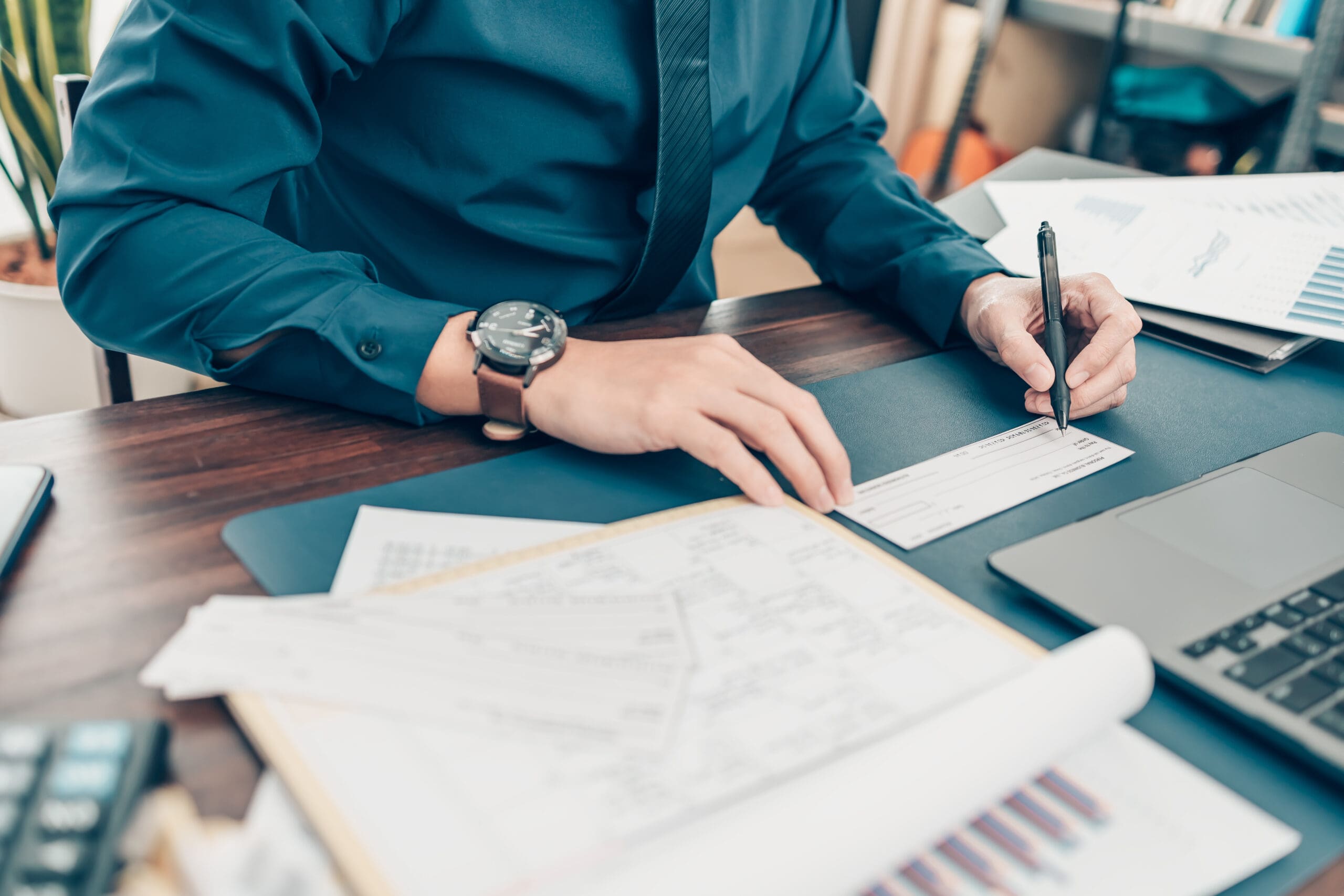Walmart attracts millions of shoppers, so it’s no wonder their online marketplace is catching the attention of sellers and shoppers. Similar to Amazon, the Walmart marketplace allows third-party sellers that are approved.
With over 100 million unique visitors monthly on Walmart.com, becoming a seller on their marketplace can give your business the boost it needs to reach new customers and increase sales. So, how do you sell off the Walmart marketplace?
In this guide, we will walk you through the steps to becoming a Walmart marketplace seller and give you tips on how to maximize your success on the platform.
Whether you’re a small business owner looking to expand or a seasoned eCommerce entrepreneur, read on to learn how to become a Walmart marketplace seller and take your business to the next level.
How do I become a seller on Walmart marketplace?
Becoming a seller on Walmart marketplace is a straightforward process that you can complete in a few simple steps. Walmart seeks established businesses that are legitimate. So, if you’re brand new to selling, you may not qualify. Furthermore, they vet sellers to ensure they can fulfill orders quickly and offer customer support. Be sure to research requirements before investing the time to apply. Here are six steps to take to become a Walmart marketplace seller.
Step 1: You will need to apply to become a marketplace seller by visiting the Walmart website. This involves filling out a form and providing some basic information about your business.
Step 2: Once your application has been approved, complete your registration by providing additional details about your business and agreeing to the terms and conditions of the marketplace.
Step 3: Next, complete your partner profile, which includes information about your products, shipping, return policies, etc. This is important as it will help customers find your products and understand your business.
Step 4: Set up your items as soon as your profile is complete. This process involves creating product listings and providing detailed descriptions, images, and pricing information.
Step 5: You should test your items and orders to make sure everything is working correctly. This way, you can work out any issues before you launch your account. Furthermore, Walmart will do their own tests before letting the listings go live.
Step 6: Finally, launch your account and start selling your products on the Walmart marketplace. It takes just a bit of effort and patience to succeed as a Walmart marketplace seller.
Walmart Marketplace Helpful Resources
New and existing sellers can take advantage of helpful resources including:
What are the requirements to sell on Walmart Marketplace?
To sell on Walmart marketplace, you will need to meet certain qualifications. At the minimum here are some of the requirements set forth by Walmart.
– Have a valid Business Tax ID or Business License Number.
– Provide documents that verify your business name and address.
– You should have a history of success in marketplace or e-commerce sales and your products must have GTIN/UPC GS1 Company Prefix Numbers.
– Your catalog should also comply with Walmart’s Prohibited Products Policy.
– You will also need to fulfill orders through Walmart Fulfillment Services (WFS) or another B2C U.S. warehouse with returns capability.
Gathering all this information before starting the application process to make it smoother and faster. It can also help avoid getting denied and potentially wasting any precious time.
What are the Walmart marketplace fees for sellers?
The Walmart marketplace fees for sellers include a referral fee, and an optional storage or fulfillment fee. Here’s an overview of the fees to sell on the marketplace.
- Referral fee: A percentage of the sale price of each item sold on the marketplace is collected by Walmart. The exact percentage varies depending on the category of the product, but it typically ranges from 6% to 20%. View a list of referral fees by category here.
- Fulfillment fees: These fees are based on the weight and/or dimensions of the product you’re selling. Walmart Fulfillment Services (WFS) vary the prices based on the product’s size and weight. Similar to Amazon, Walmart offers fulfillment services for a fee.
- Storage fees: The amount you’ll pay WFS to store your inventory depends on the number of cubic feet needed, the time of year, and how long your goods stay in a Walmart fulfillment center – should you choose to use their fulfillment center.
Walmart also offers pay-per-click advertising options, but to qualify for any Walmart Marketplace advertising, sellers must commit to a monthly spend of at least $1,000 with a daily cap of $100. You can calculate your exact fees with this WFS calculator.
Tips for winning the Walmart Buy Box
The Buy Box is essentially what consumers will click to buy a product. If more than one seller is selling the same product, they will share the buy box with other sellers.
Winning the Walmart buy box is a highly sought-after goal for sellers on the platform. Here are some tips to help increase your chances of winning the buy box:
- Optimize your product listings by ensuring they are complete, accurate, and up-to-date with high-quality images and detailed product descriptions
- Monitor your pricing and make sure you are pricing your products competitively.
- Maintain a high feedback rating by providing excellent customer service and receiving positive feedback.
- Utilize Fulfillment by Walmart (FBA) since Walmart gives preference to sellers who use FBA for their products.
- Make sure you have enough inventory to meet customer demand. Walmart prefers sellers who can consistently fulfill orders in a timely manner.
These tips can increase your chances of winning the Walmart Buy Box and growing your sales on the platform.
Best practices and tips for selling on Walmart Marketplace
Here are a few key strategies that can help increase your sales and visibility when selling on Walmart Marketplace:
- Win the buy box: The buy box is the featured spot on a product page where customers can add items to their cart. Winning the buy box can greatly increase your sales, as it is the first option customers see when browsing products. To increase your chances of winning the buy box, make sure your prices are competitive, your inventory is well-stocked, and your shipping times are fast.
- Be competitive on price: Customers on Walmart Marketplace are looking for the best deals. To ensure your products stand out, make sure your prices are competitive with other sellers. Keep an eye on your competitors’ prices and adjust yours accordingly.
- Use Walmart integration across platforms: Walmart offers integration with a variety of platforms, including Shopify, BigCommerce, and Magento. By integrating your store with Walmart Marketplace, you can easily manage your inventory, pricing, and orders all in one place.
- Invest in sponsored products: Sponsored products are a great way to increase product visibility. Your products will appear at the top of search results and on product pages, increasing the chances of customers seeing and purchasing your products.
- Promote Walmart reviews: Encourage customers to leave reviews on your products. Positive reviews can greatly increase the visibility and credibility of your products, leading to more sales.
- Monitor your performance: Keep an eye on your sales, reviews, and customer feedback. This will give you a clear picture of how your products are performing and where you need to improve. You will also identify which products are selling well and which are not, so you can adjust your inventory and pricing according
How Kickfurther can help
Kickfurther can help you become a successful Walmart marketplace seller by providing you with the necessary funding to purchase inventory without the constraints of traditional lending sources. Our platform connects you with a community of buyers who are willing to invest in your inventory on consignment. This means that you can purchase the inventory you need to fulfill orders without having to pay back the funds until you have received cash from your sales.
The result? Financial flexibility to scale your business quickly without worrying about cash flow constraints. You can also customize your repayment schedule to align with your sales cycle. Paying back the funds as you receive cash from your sales, rather than having to adhere to a rigid repayment schedule that may not align with your business needs, allows you to maintain inventory levels and financial flexibility as you grow your business.
Closing thoughts
Becoming a Walmart marketplace seller is a great way to expand your business and reach a wider audience. By following the steps outlined in this guide, you will be well on your way to success as a Walmart marketplace seller. Remember to focus on creating high-quality product listings, providing excellent customer service, and staying compliant with Walmart’s policies.
Kickfurther can be the key to unlocking your success as a Walmart Marketplace Seller. With our funding options, you can rest easy knowing that you have the resources to fully stock your inventory and meet the demands of your customers.
Interested in getting funded at Kickfurther? Here are 3 easy steps to get started:
#1. Create a free business account
#2. Complete the online application
#3. Review a potential deal with one of our account reps & get funded in minutes
Learn more about inventory financing options for Walmart Sellers with Kickfurther.







